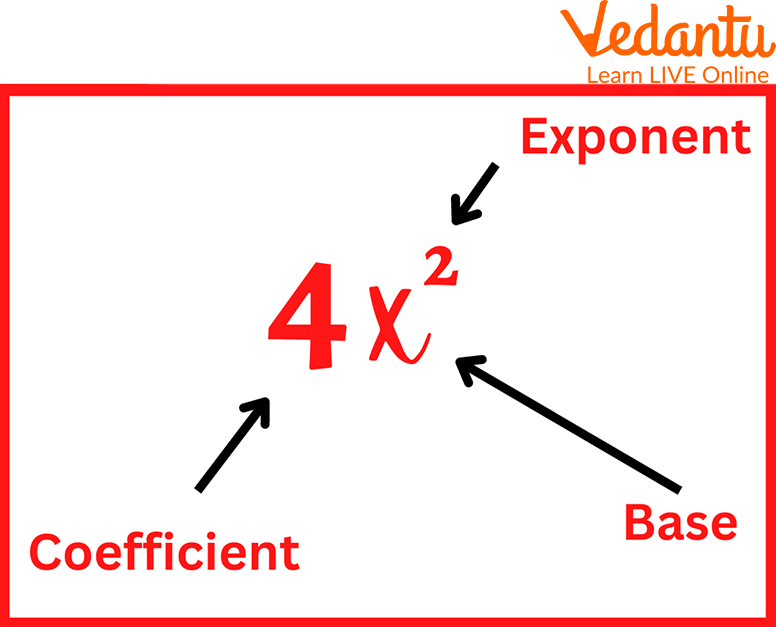




Introduction of Addition of Powers
Algebra is one of the very important parts of mathematics. To understand algebra, one must know how to use exponents and radicals. The power over the given base number is known as exponents/index. For example,

Introduction to Powers
Addition and Subtraction of Powers with Numerical Bases
Addition and subtraction are the two primary operations of mathematics. But we cannot directly add or subtract powers, we can only perform addition or subtraction only on the variables that have the same base and the same power. We can only add powers in multiplication and subtract powers in the division.
Also,
Therefore,
Addition of Numbers with Powers
Adding numbers with power can be done when the base and powers are the same. There would be times when the base and powers are different, but we can still add those expressions. Let us have a look at the ways of adding powers.
Check if they got the same base and also the same power.
The usual form of addition of powers with same base is
For example,
If the base and power differ, then the expression will be calculated with individual terms.
The usual form is like
Addition and Subtraction of Powers
To add and subtract powers, you must first ensure that the base and power of the two terms we use to add or subtract are the same. If they are the same, then you only have to add together their coefficients and let the base and power remain identical.
Laws of Indices
The First Law: Multiplication
If the two terms have identical bases (in this case, "
Let’s see the addition of indices with different powers,
Example:
The Second Law is: Division
If the two terms have an identical base (in this case, "
Example:
The third law: Brackets
If a term with an exponent is raised to a power, then the powers are multiplied.
Example:
Solved Examples
Q 1. Find the value of
Ans:
Q 2. Find the value of
Ans:
Therefore, 81 + 16 = 97.
Q 3. Find the value of
Ans: Since
Practice Questions
Q 1.
Q 2. Find the value of
Q 3.
Summary
In this article, we have learned about the addition of power. Adding exponents refers to the simple addition of numbers but in the form of exponents or power. This article taught us that the variables and exponents must be the same to add or subtract with powers. The power of a number tells us how many times a number is to be used in multiplication. Powers are also known as Indices or Exponents. For example,






FAQs on Addition and Subtraction of Powers
1. Are exponent and power the same in maths?
The power over the given base number is known as exponents/index. For example,
2. What is a Negative Exponent?
The negative exponent tells us how many times we have to multiply the reciprocal of the base. For the example of negative exponents
3. What is a Zero Exponent?
A number having a power zero is termed a zero exponent. Those number values are always 1. Any number with the exponent 0 equals 1.























